ASTAR Webinar on The AI Revolution in Materials Science
Prof Ong gave a webinar talk on the AI Revolution in Materials Science for the Singapore Agency of Science Technology and Research (A*STAR). In this talk, he discussed the big challenges in materials science where AI can make a huge impact towards addressing as well as outstanding challenges and opportunities to bringing forth the AI revolution to the materials domain.

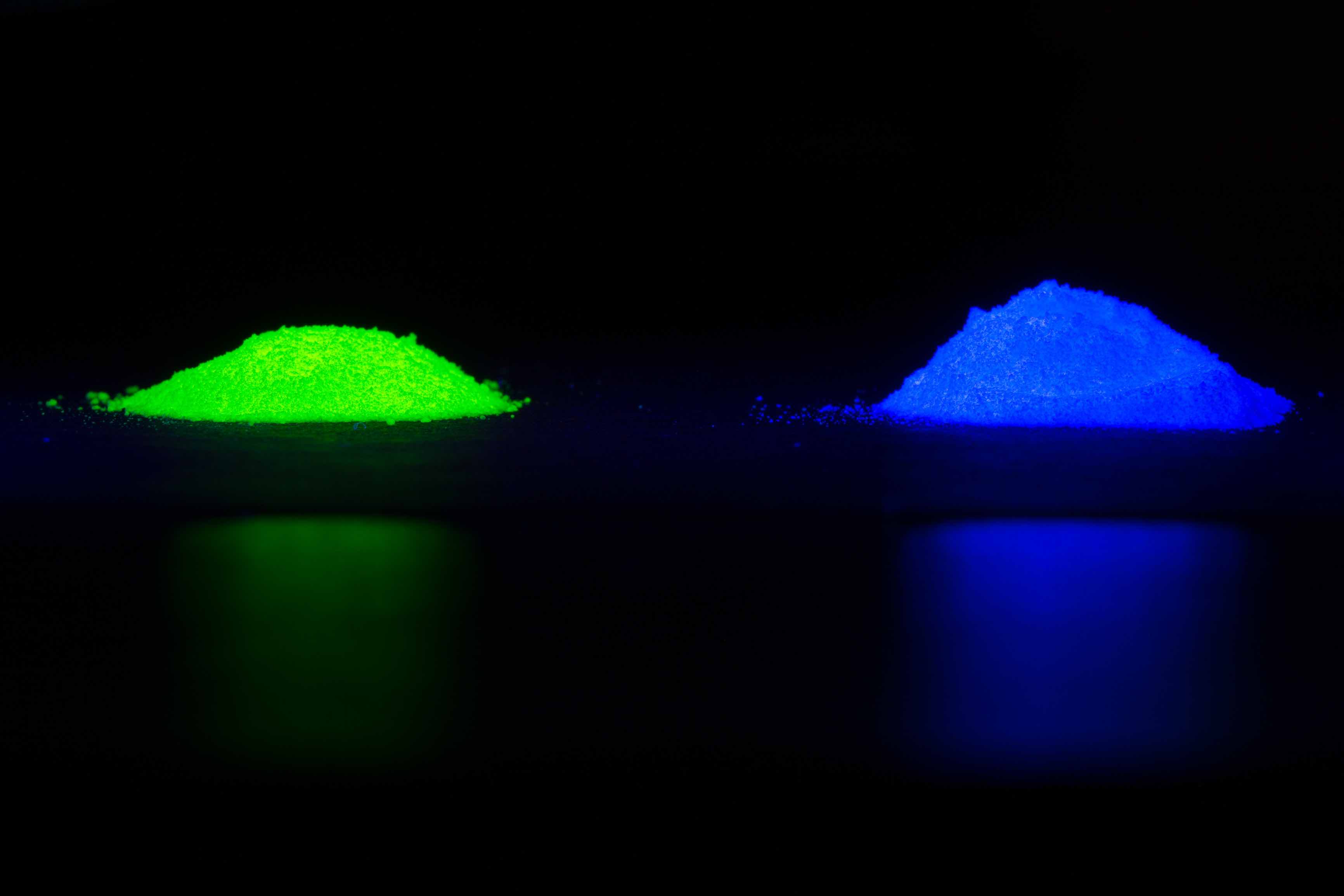
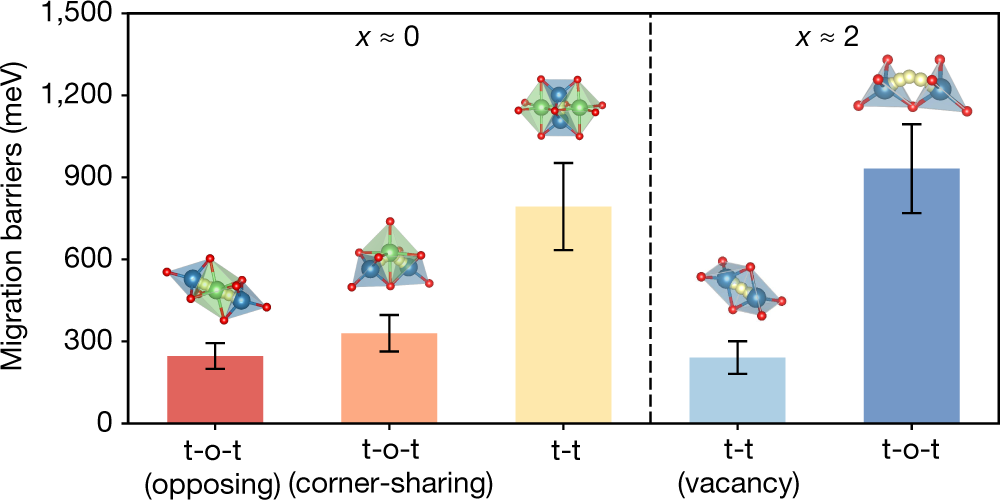


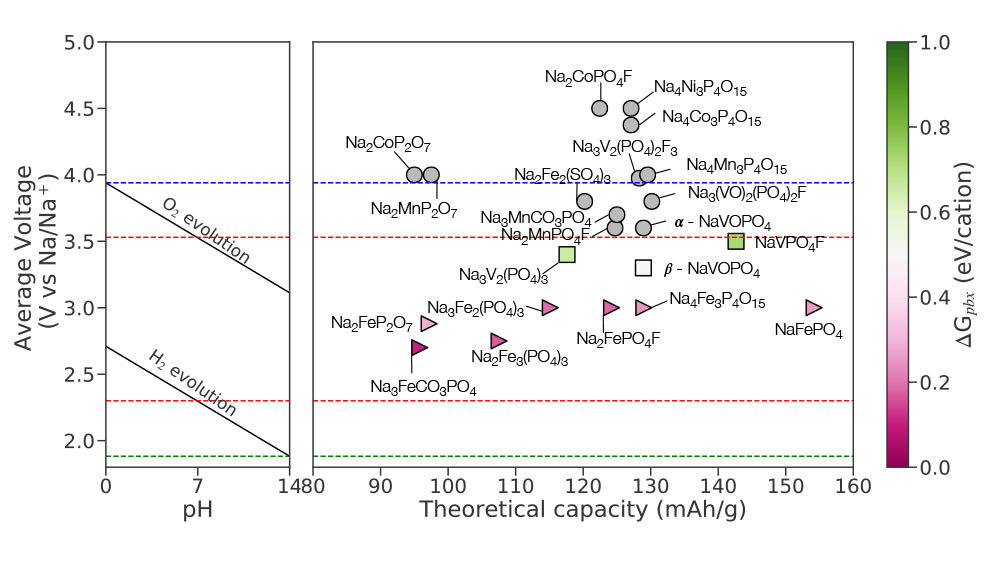

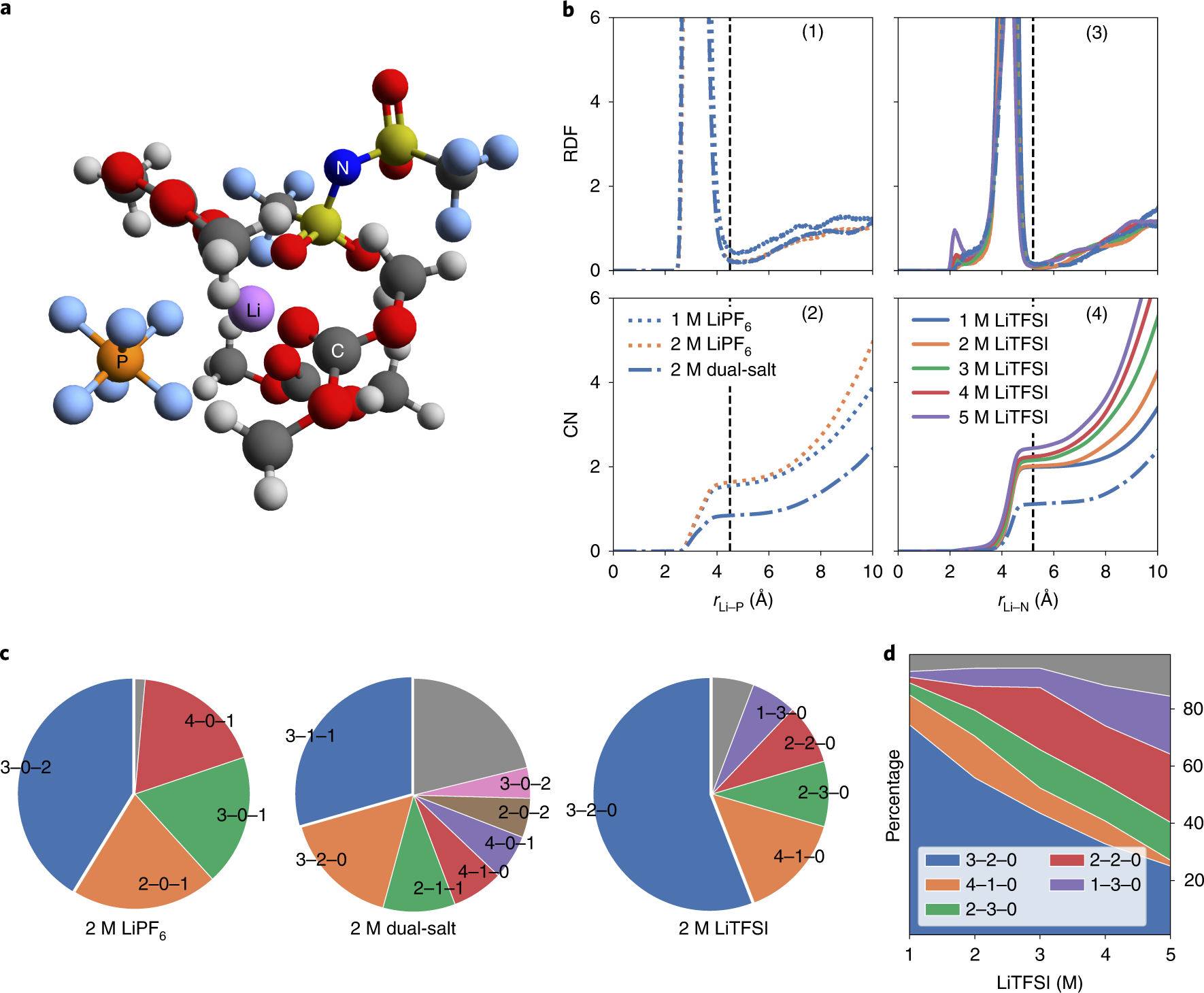
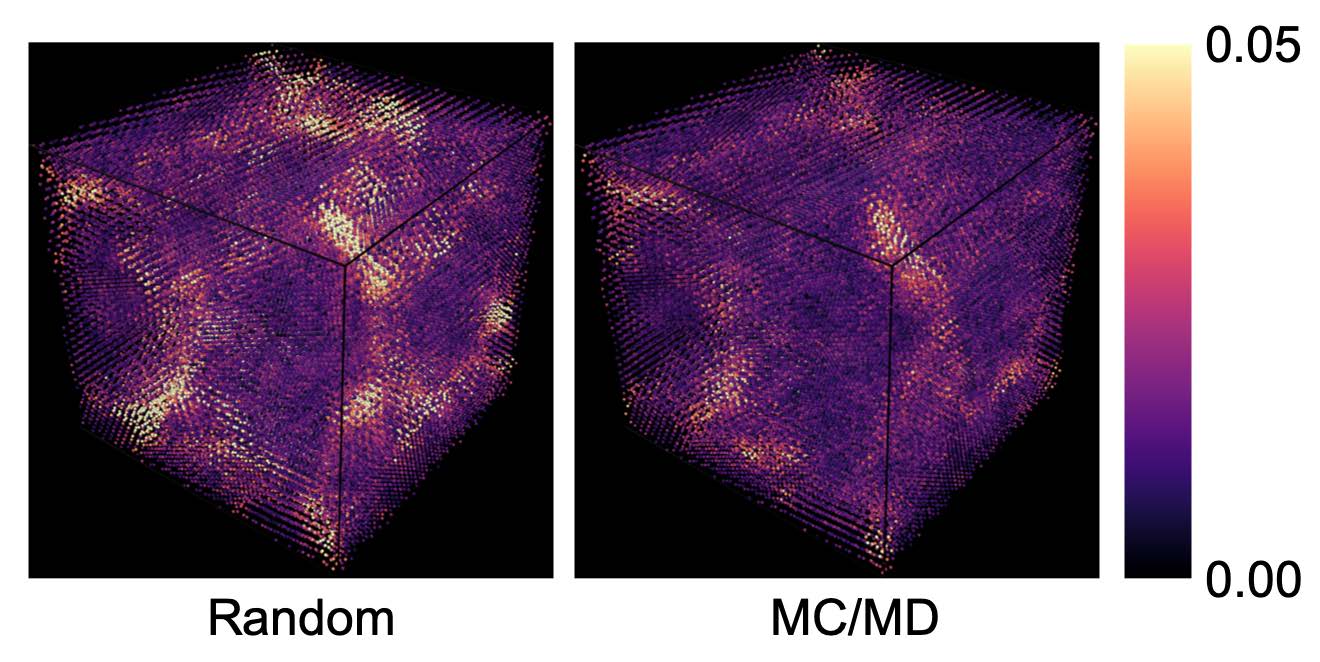

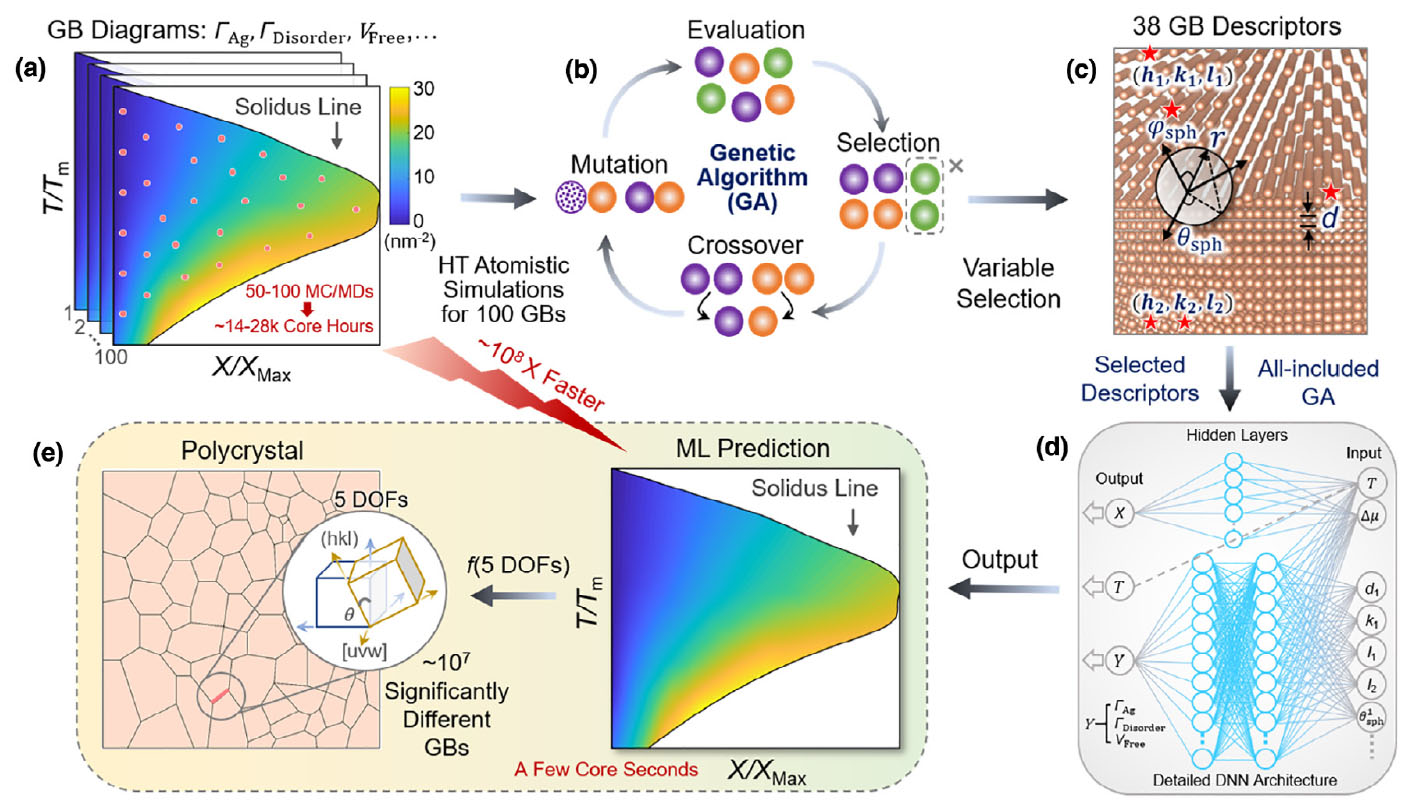
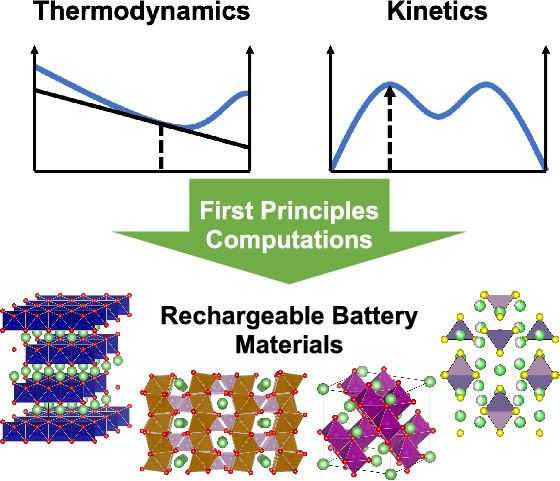
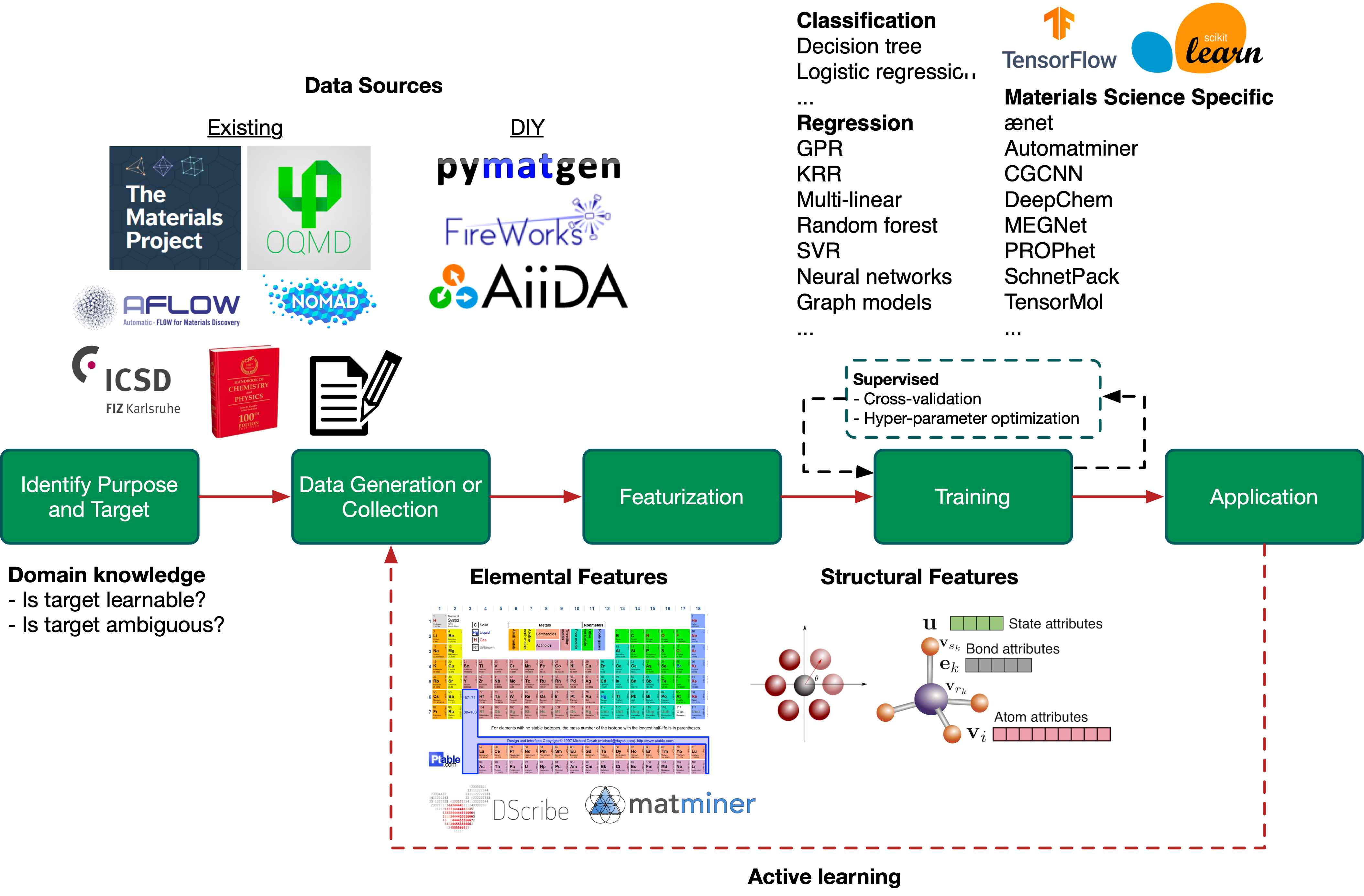
You must be logged in to post a comment.